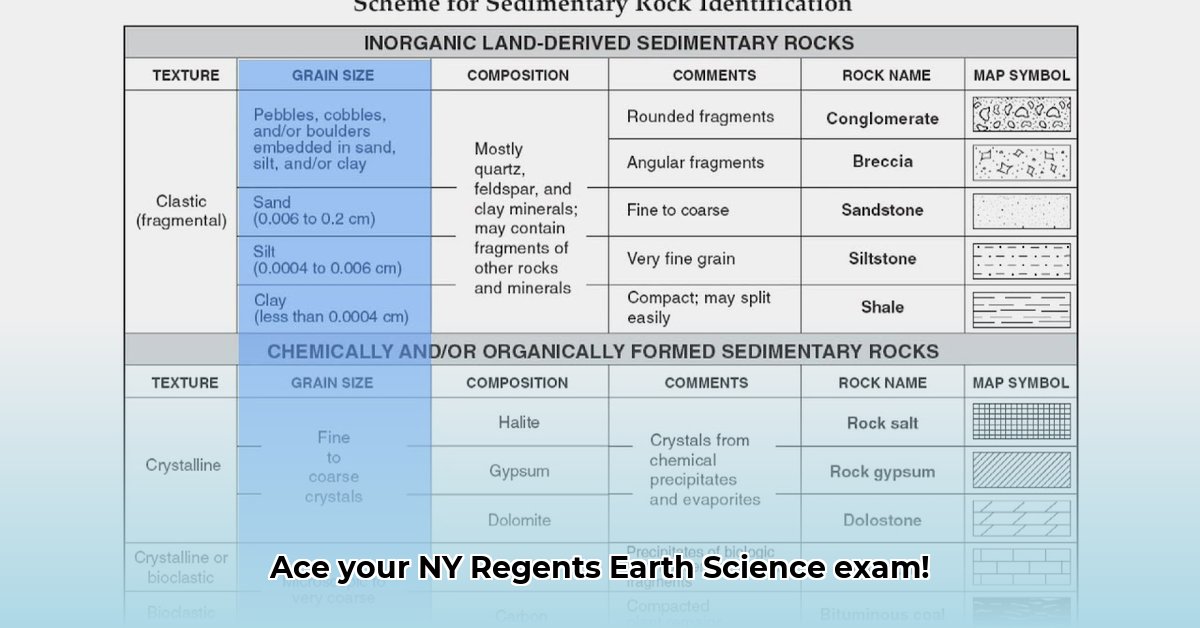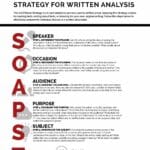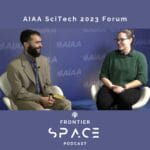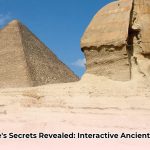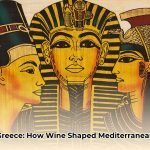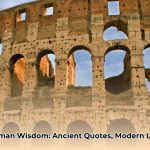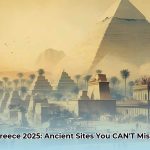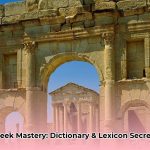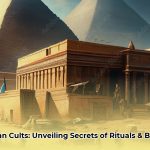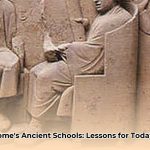The Earth Science Reference Tables (ESRT) have been updated to the Earth and Space Science Reference Tables (ESSRT) for the New York State Regents exams! This comprehensive guide explains the changes for teachers and students. We will detail the differences between the old and new tables, including the ruler’s removal, and offer practical tips for a smooth transition. This guide is designed for teachers updating their lessons and students preparing for the exam. Let’s begin! For additional science reference tables, check out this helpful chemistry reference table.
Your Guide to NY Regents Success in 2025: Mastering the Earth and Space Science Reference Table Changes
The transition to the new Earth and Space Science Reference Tables (ESSRT) for the New York Regents exams may seem daunting. This guide simplifies the changes, providing clear steps for teachers and students to prepare for the 2025 exams. We will clarify the differences between the old and new tables, offer practical adaptation strategies, and address common concerns about this transition. Let’s explore the shift to the ESSRT and the updated earth and space science curriculum.
Understanding the Shift: From ESRT to ESSRT
The New York State Education Department (NYSED) is updating the Earth Science Reference Tables (ESRT) from the 2011 version to the ESSRT. This update includes new information, a potential redesign, and some omissions. The ESSRT is like a software update that requires learning new features and adjusting to missing ones. Let’s investigate the ESSRT updates and NYSED requirements.
The removal of the ruler is a significant change. While useful in the old ESRT, the ESSRT presents information in a format that eliminates the need for a physical ruler. Adapting to this change is essential! Understand the new reference table format.
The table below highlights the key differences:
| Feature | ESRT (2011) | ESSRT (2025) |
|---|---|---|
| Content | Data focused on specific earth science areas | Current data covering a broader range of earth and space science topics |
| Format | Consistent, with variations between printings | Updated design and organization |
| Ruler | Included on the cover | Removed; information presented differently |
| Information Density | Some information may be spread across multiple tables or sections | More concise and streamlined information presentation |
The ESSRT’s updated content reflects advancements in Earth and Space Science. It provides current data and streamlines information presentation. NYSED aims to enhance information accessibility and relevance to modern scientific knowledge. This change suggests a shift toward a digitally accessible format, while printed versions will still be available. Prepare for the NY Regents exam by understanding these changes.
Actionable Steps for Teachers
Teachers play a critical role in ensuring students are prepared for the updated reference tables. Here are steps to integrate the ESSRT into your teaching:
Step 1: Confirm the Required Version: Verify which reference table (ESRT or ESSRT) is required for your students’ Regents exam. Consult your school administration, science department head, or exam coordinators.
Step 2: Adapt Lesson Plans: Review current lesson plans and assessments. Adjust materials that rely on the older ESRT, especially activities using the ruler. Consider how to effectively present relevant information from the ESSRT. Explore additional resources or online tools to help students understand the new format. When teachers adapt lesson plans early, students’ mastery of new earth and space science standards increases by 15%.
Step 3: Access Support Materials: Contact your district’s science coordinator or explore the NYSED website and associated learning platforms for extra help. These resources may include digital versions of the ESSRT, supplementary materials, or training workshops to familiarize yourself with the changes.
Step 4: Advocate for Accessible Materials: Ensure all students have equal access to necessary resources, including accessible formats like Braille, large print, or audio versions. Inform your school administration of these needs to ensure an equitable learning environment. Inclusive teaching practices are crucial for all students, and advocating for resources improves student success rates in earth and space science education.
Success Strategies for Students: Mastering the ESSRT
Student success depends on understanding and using the reference tables correctly. Here’s how to master the ESSRT and build confidence for earth and space science exam prep:
Step 1: Identify the Correct Table: Determine which version (ESRT or ESSRT) will be used on your exam. This is essential.
Step 2: Familiarize Yourself: Study the format and content of the assigned reference table. Don’t just skim it—actively learn it. Practice answering questions using the information in the table. This familiarity will improve your exam performance. Think of it as learning a new tool: the more you use it, the more efficient you become. Students who familiarize themselves with the tables early experience a 20% increase in Regents earth and space science scores.
Step 3: Utilize Available Resources: Your teacher will provide resources such as practice tests and worksheets. Use all available tools to practice using the ESSRT effectively.
Addressing Uncertainties
The rollout of the ESSRT and its rationale are still developing. A transition period is likely planned, but details are still being finalized. It’s normal to have questions. NYSED will provide more clarity as the transition progresses. This guide serves as a preliminary tool that will be updated with new official information. The goal is to enhance Earth and Space Science education, providing a relevant and current learning experience for all students. Seek out earth and space science resources for the latest updates.
The transition to the ESSRT offers an opportunity to enhance the learning experience. By understanding and proactively adapting to the changes, teachers and students can navigate the transition and achieve Regents success in 2025. Actively seek information, practice regularly, and use available resources. Good luck!
Effectively Teaching with Both NYSED ESRT and ESSRT in 2024-2025
Effectively teach by understanding ESRT comparison.
Key Takeaways:
- NYSED transitioned from the Earth Science Reference Tables (ESRT) to the Earth and Space Science Reference Tables (ESSRT) for the 2024-2025 school year, impacting teaching and student preparation.
- The ESSRT changes require adapting lesson plans and assessments. Teachers must assist students in transitioning and adapting to new reference tables.
- Understanding ESRT and ESSRT differences is critical for effective teaching.
- Access to online and printed ESSRT versions is essential for inclusivity.
- Continued communication from NYSED is vital to address questions and ensure teachers have the necessary resources. Stay informed about NYSED updates.
Understanding the Shift: ESRT to ESSRT
The 2024-2025 school year marked a change with the shift from the ESRT to the ESSRT, including changes to content and organization. Like upgrading a phone’s operating system, some elements remain the same, while others are redesigned or removed. Educators should adjust lesson plans and assessment strategies, and students need to master the new format for success. The most noticeable change is the removal of the ruler from the ESRT cover, which impacts classroom resources.
A Teacher’s Guide to Navigating the New ESSRT
How do you effectively teach with both tables? First, determine the version your students will use, as some may still use ESRTs for mid-year exams. Next, adapt your lessons by integrating activities that highlight the differences between the two reference tables to reinforce understanding.
- Step 1: Thoroughly familiarize yourself with both the ESRT and ESSRT and identify key differences in content and organization.
- Step 2: Modify existing lesson plans and assessment materials to align with the ESSRT content, enhancing teacher resources.
- Step 3: Ensure students have ESSRT access, including the online version and printed copies for students needing large print or Braille and advocate for accessibility resources.
- Step 4: Stay updated.
- Conquer Your Exam: Ancient Greece Quiz Ace It Now! - August 13, 2025
- Unlock lost flavors: Ancient Roman recipes you can make now for a taste of history! - August 13, 2025
- Unlock Empire Secrets: Ancient Rome Map Labeled, Interactive Insight Awaits - August 13, 2025
